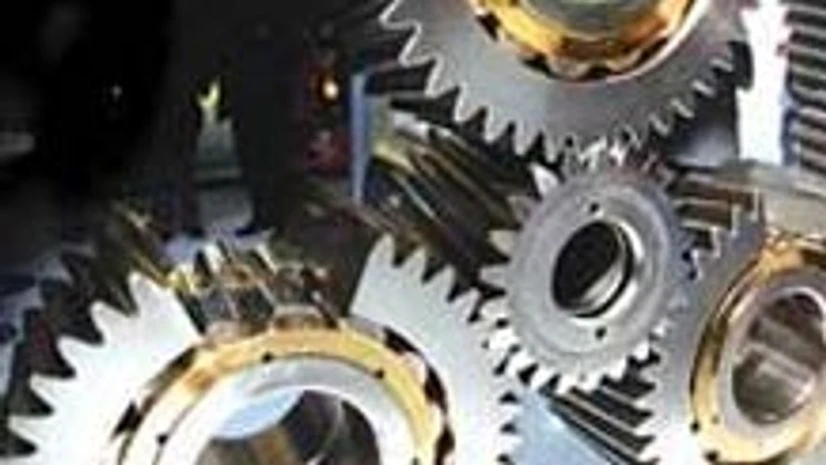The spark of industrial recovery in July didn’t sustain, as factory production growth was almost stagnant in August, pulled down by contraction in manufacturing and mining.
Official data issued on Friday showed industrial growth fell to 0.6 per cent in August against 2.7 per cent in July, dashing hopes of early economic revival. The growth in August 2012 was two per cent.
Among the broad sectors, only electricity fuelled the Index of Industrial Production (IIP) to an extent, by clocking 7.2 per cent growth in August. As such, electricity gave a 0.7 per cent push to IIP, since it was a fifth of the total index.
More From This Section
"This shows industrial output continues to be stagnant. In fact, there was never any recovery in this year so far," said Madan Sabnavis, chief economist at CRISIL.
With this, industrial growth has been only 0.1 per cent in the first five months of the current financial year against 0.2 per cent in the same period of 2012.
Experts said the major disappointment was the consumer durables segment, which fell 7.6 per cent in August compared to one per cent growth in the corresponding period of 2012. This was the fifth month in a row that production declined in this segment. "Usually, August marks the beginning of the festive season but there seems to be a low demand among consumers," said Sabnavis.
To perk demand for consumer durables, the finance ministry has decided with the Reserve Bank to infuse capital in public sector banks, for enabling cheaper loans for these products. Experts said the move was aimed at improving sentiment.
"It looks tough for policy makers to bail out the economy. There could be a revival but that would remain marginal," said Sabnavis.
However, ahead of the festive season, there could be some demand for such goods. "Consumer durables might pick up but only in the third quarter," said Anis Chakravarty, senior director, Delloitte India.
Consumer non-durables’ production increased five per cent in August against six per cent in the same month of 2012, as people continued to buy for day-to-day needs despite high borrowing costs. Intermediate goods grew 3.6 per cent against 2.7 per cent earlier.
"I see improvement (in IIP numbers) coming along as we go further during the year. I am hoping a better performance in the second half of the year," Prime Minister's Economic Advisory Council Chairman C Rangarajan said.
Industrial growth in July was largely because of capital goods rising 15.6 per cent. However, production here declined by 0.2 per cent in August, clearly showing the segment’s volatility. In July, capital goods were mainly driven by a 83.6 per cent expansion in electrical equipment. In August, the growth was 26 per cent.
"Maybe there was some problem in the data or it was a one-off order in that month," said Chakravarty.
The narrow base of industrial recovery for July is also seen from the fact that 11 of the 22 segments in manufacturing posted growth. Yet, while 14 segments showed expansion in August, manufacturing had contracted.
The problem in capital goods was also related to the supply side, compressed by liquidity tightening. "This, along with continued high borrowing costs, have constrained investment. Hence, effective projects are not going on," said Chakravarty, adding, "Also, there have been a lack of new orders."
The government is confident that the economy would recover from the second half of the financial year (October and onwards). For that, industrial revival would have to play a key role.
“If there is no pick-up in capital and consumer goods, then it will be time to say goodbye to a revival in industries," said Sabnavis. That would, in turn, affect the Gross Domestic Product (GDP) growth as well.
The GDP growth debate picked up pace recently when the International Monetary Fund cut its earlier India growth forecast for 2013-14 to 4.25 per cent. The government said this was "pessimistic".
After economic growth fell to a four-year low of 4.4 per cent in the first quarter, the finance ministry said GDP expansion would be higher in the second quarter. It expected economic growth to pick up from the second half, to yield over five per cent growth this financial year, a claim contested by independent analysts.

)
